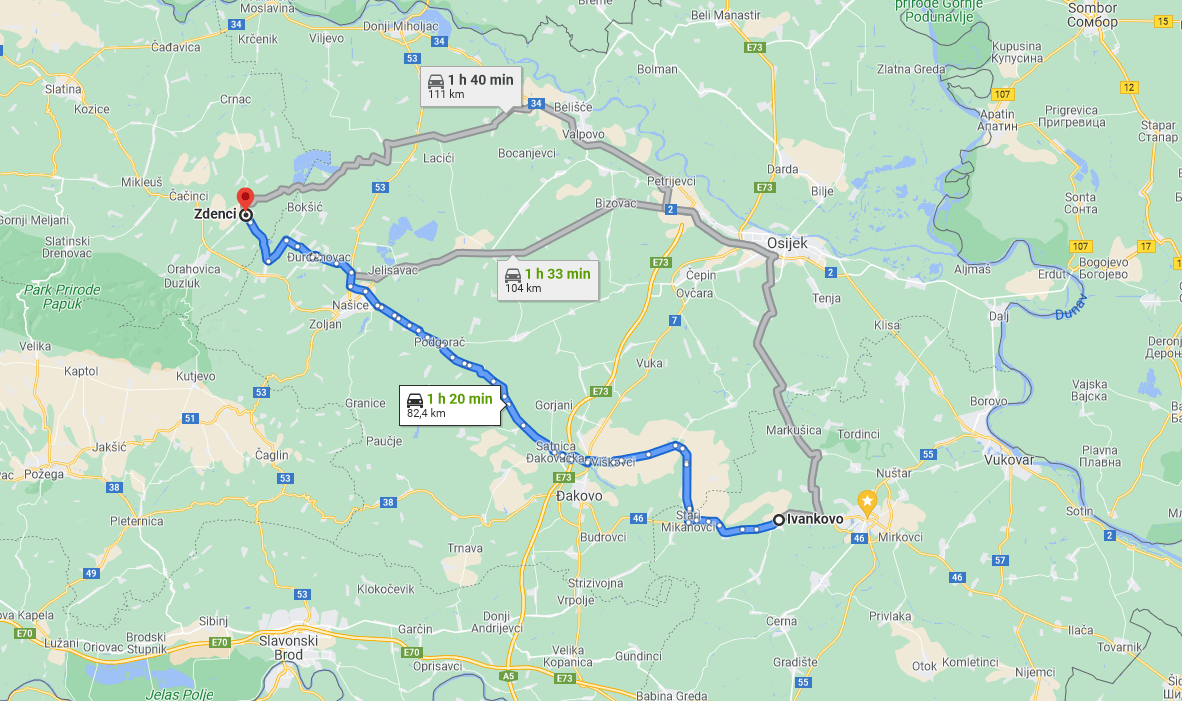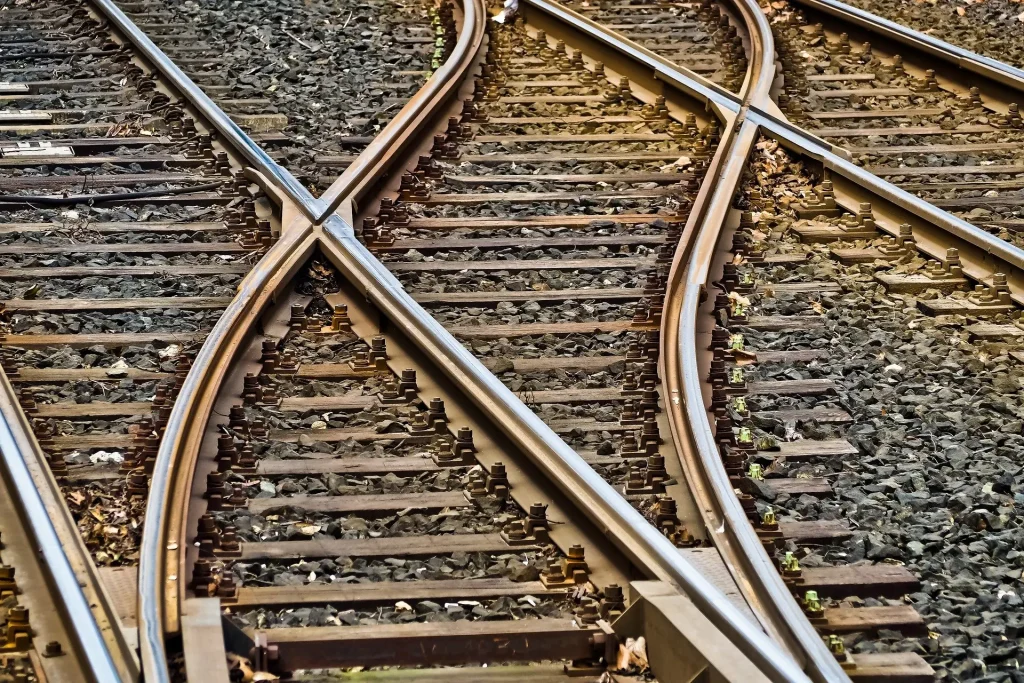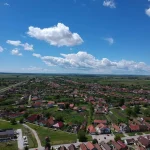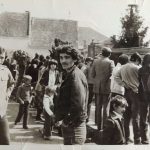Railways and trains, as public transportation and a part of the economy, always had a huge role in Croatian history. The first railways in the territory of today’s Republic of Croatia were built in the 19th century, which connected Međimurje with Hungary and Slovenia, only 35 years after the first railway was built in England. Croatia, which was part of the other reigns at that time, realized its potential as a favorable traffic center that connected Southern Europe with the West and more. Slavonia has become part of one of the most important railway tracks named Corridor X – a Pan-European line that goes through Vinkovci, a city that became one of the most important railway centers in Europe. Older workers fondly remember tons and tons of cargo going through Vinkovci and full trains which would transport passengers every 4 minutes. They also highlight the extended travel which was caused by worn-out railways which can’t withstand newer locomotive trains and that impact can be especially seen on Vinkovci – Zagreb line. Because of that, the consequences were inevitable and the most loyal passengers switched to other types of transport.

Screenshot: Google Maps
Ivankovo being so close to Vinkovci benefited a lot in terms of connectivity and availability of lines and trains for traveling. Every hour there would be a train transporting to a specific destination. I have travelled by train my whole life. It is my favorite type of public transportation by far and still a huge part of life, not only mine but of every other resident of the Ivankovo district.
Finally, this is how my adventure started. My friend from Osijek and I decided to visit a mutual friend who lives in Zdenci and the only time we could go was Saturday, which is a doomed day for public transportation in Croatia – lack of lines in all available public transportation. However, that didn’t stop us, this is it, we’re going, now or never. After exhausting brainstorming, I decided to come a day earlier to my friend’s place, sleep there and catch a morning train to Zdenci – Orahovica. That was the only train in the morning that traveled for an hour and a half to our destination. How? Well, the line is originally going to the city of Virovitica and it stops in the city of Našice where it stays for almost an hour?! In the end, it was less than that but before that, we didn’t realize why we stopped for almost half an hour in a village called Koška. God only knows why, but apparently, we waited because of the other train that was coming back on the same railway? I still don’t know the reason why.
After we finally started traveling again, there weren’t any obstacles in our way. We were finally coming to our destination. Unfortunately, there was another problem. Apparently, the station’s location isn’t in the city of Orahovica or the village of Zdenci, it’s in another village – Duga Međa. The walk to Zdenci, with half of the way without a footpath, takes approximately 40 minutes. Of course, we shrugged that possibility off and decided on a taxi which isn’t even in Orahovica or Zdenci – it’s in the village of Čačinci. Yes, another name of the place that even made our heads spin, I can only imagine the person reading this.
Back to the story. The taxi guy from Čačinci welcomed us, props to him, and drove us finally to our friend’s house. It was a great moment; we haven’t seen each other for over a year because of the pandemic and life in general. We talked, laughed, and hung out like the old times but the lack of public transportation had to cut our time together short. There was only one train available to Osijek around 3 pm that we couldn’t miss, because of my transportation home from Osijek to Vinkovci and friends’ other plans. I traveled two days for two hours of socializing. It hurt so much. After slow travel to Osijek and finally coming to Vinkovci and realizing there isn’t any public transportation to Ivankovo after 3 pm, not even a bus (which is a discussion for another time), I took a taxi and paid another fee. I came home and my mother told me: “You traveled for two days to a place that takes an hour and a half by car, and hung out with your friends for two hours?! This looks like the 1960s, not 2020s.” And I looked at her and realized she was right.

Screenshot: Google Maps
In the end, one more realization popped up in my head. The amount of money I spent going to Zdenci by train, with taxi fees and everything else, I could’ve easily paid for a cheap, discount flight to another country or go to Dubrovnik or Split by plane, possibly, even a discount two-way ticket. This wasn’t cross-country travel, we were literally going to another Slavonian place, which yes, seems far but it’s truly not. From Ivankovo to Zdenci, traveling by car, on the D515 road, that goes by the city of Đakovo, takes around an hour and a half (82,4 kilometers). From Osijek to Zdenci, it takes an hour without traffic (around 70 kilometers) and the railway has the same route as the roads and it took four hours more, including the travel back. This isn’t how it was before. How can we travel longer in 2022 than in the 1980s?
Slavonia always lived on railway infrastructure – most of the people still work there. It’s still a huge factor in our lives and not everyone has the possibility to own a car and drive it wherever. The lack of passengers led to fewer railway lines but lack of investment and nonsense renovating led to fewer of those same passengers. After thinking about everything my friend and I went through to see our friend for two hours; I came to this conclusion: get money for a drivers’ license and buy a car. Hopefully, the future brings positive changes; the old love for train travel comes back with passengers that spent their youths traveling in them and future youth start bringing back the reputation this part of Croatia always had – one of the most important railway hubs in Europe.
For more on travel in Croatia, follow TCN’s dedicated page.











